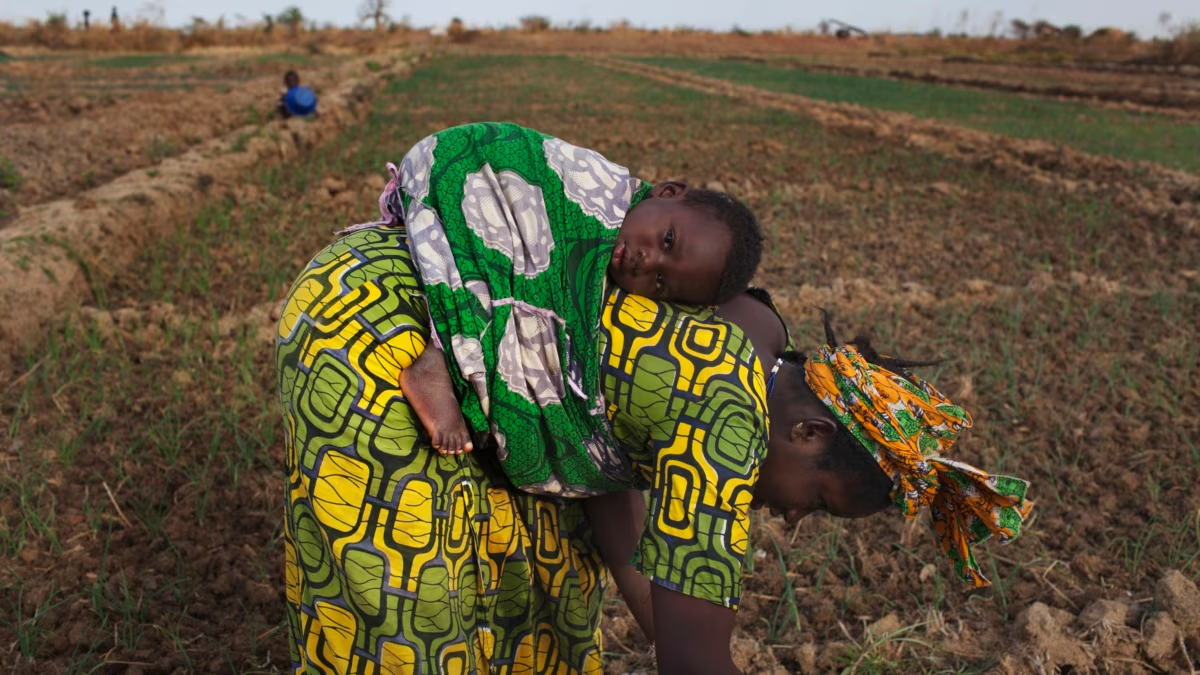Weeding tomatoes for higher yields, things you should note
Weeding involves removing all unwanted plants from the farm. It is carried out to prevent competition of nutrients between the weeds and the main crop in our case, the young tomatoes.

Weeds will use nutrients and water that the tomato plants need for growth. They also compete for space that could have been occupied by the crops.
They reduce the amount of moisture available for the crops. Some weeds host pests and diseases that also affect the crop. For instance, thistle also hosts whiteflies that attack tomato plants.
When the tomato plants are still young, there is enough room for the weeds to emerge. At this point, it is easier to do hand weeding since the plants are still young and not overcrowded.
Ensure weeding is done before the farm is densely populated as this increases the cost of production.
Also, waiting for the weeds to flower results in more unwanted plants since they produce seeds that also germinate affecting the next crop.
In Moses’ case, we weeded the plants using a hoe and a rake making the process faster and ensuring that the soil is well-aerated.
To avoid transmitting diseases, we ensured the tools and equipment used were well-disinfected before using them on the farm. We also be cleaned after use.
I advised Moses to ensure the workers removed all the crop residues from the farm after weeding to curb the chances of them harbouring pest and diseases.
Not labour-intensive
Weeding should be repeated two to three times in the tomatoes’ life cycle as soon as the weeds emerge.
To ensure Moses does not incur a lot of costs, we hired three workers to weed a block for Sh500 each. While weeding, ensure you avoid causing injuries to the plant’s roots or the stem as this interferes with nutrients uptake.
While weeding, also take care of drip lines to ensure the emitters are not covered with soil as this prevents water flow.
Sometimes mulching the tomato plants using dry grass helps in controlling the growth of weeds. Herbicides should be avoided in the tomatoes field.
This is because the chemicals can easily scorch the plant. Weeding in tomatoes is not labour-intensive compared to other crops, therefore, use of herbicides should be the last option.
It is week-four since we transplanted thus we also applied fertiliser as per our programme. Moses had already purchased ammonium sulphate that we applied by side-dressing to ensure the fertiliser does not come into contact with the crop. We also covered the fertiliser with soil.
The drills were made and the fertiliser applied 26.5g per m2 as per the fertiliser programme we developed from our soil analysis test. This would enable the plant develop vegetative growth.
Moses ensured the soil is wet and watered the crop after fertiliser application to prevent it from scorching the plant.
The waste generated from the farm such as crop residues after weeding should be well-decomposed. In our next article, we shall focus on waste management on the farm.















Leave a Reply